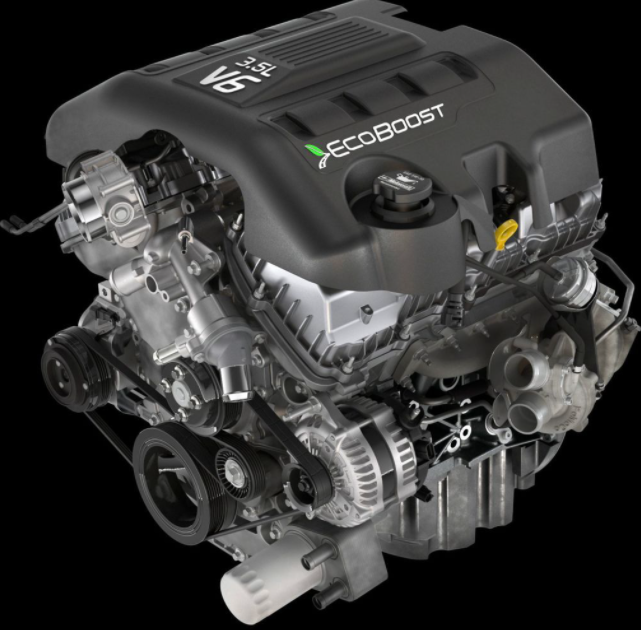Older vehicles mixed the fuel with air in a carburetor. That fuel-air mixture then was pushed against the back of the intake valves.
When the EPA started getting more and more involved in cars, one of the add-ons was a way to burn oil vapors. That's your PCV tubing. (It used to just vent the crankcase to the atmosphere.)
That dirty oil vapor gets fed into the intake side of the manifold. There, it joins the intake rush and gets burned in the cylinder.
The dirty oil vapor hits the back (non-cylinder side) of the intake valves and coats them in a nasty oil char that builds up. With a fuel-air mixture (from a carburetor, or later from fuel injectors (that spray fuel from outside the cylinder into the air mix as the valves open), that build up was not a factor. The fuel mix hitting the back of the valve would dissolve any oil deposit and bring it into the cylinder.
With direct injection (the fuel goes only into the cylinder), that valve cleaning action does not occur. The build up of oil on the back of the valve can cause problems and to clean it is a pain.
A catch-can goes into the PCV line and gives the entrained oil mist/vapors a place to condense. It keeps the EPA satisfied (the oil vapor does not go into the air), and it keeps the valves clean.
(I took slight liberties for simplification and clarity.)

 It has been a Ram week!
It has been a Ram week!











